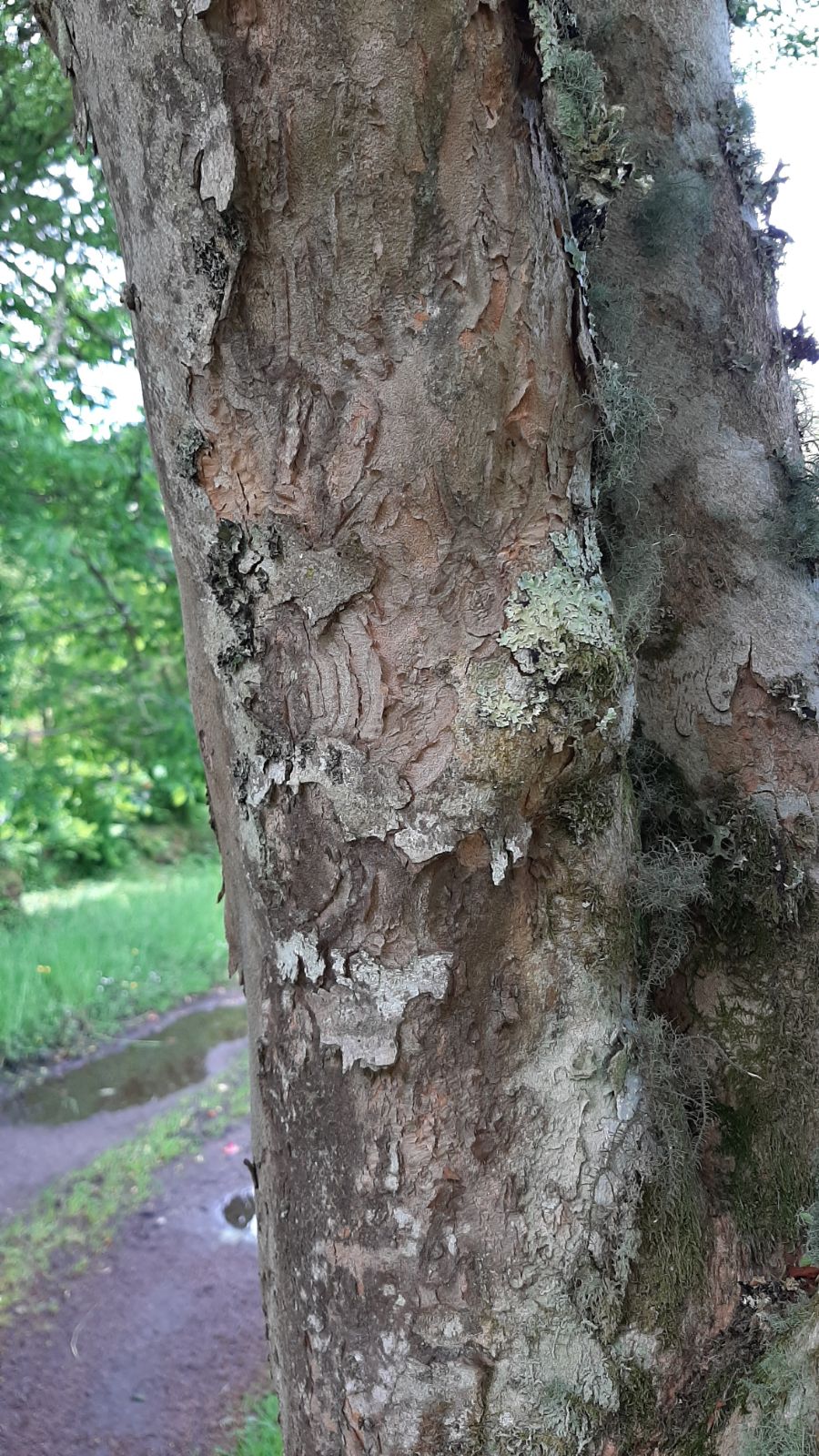Enkianthus Campanulatus: The Beautiful And Underappreciated Flowering Shrub
Enkianthus campanulatus is a beautiful and underappreciated flowering shrub that is native to Japan. It is known for its delicate, bell-shaped flowers that bloom in late spring, and its striking fall foliage that turns shades of orange, red, and yellow.
Enkianthus campanulatus is a relatively easy shrub to grow, and it is tolerant of a wide range of soil conditions. It prefers full sun, but it can also tolerate partial shade. The shrub is drought-tolerant once established, but it does appreciate regular watering during the growing season.
Main Content
History and Origin
Enkianthus campanulatus was first described in 1834 by the German botanist Philipp Franz von Siebold. The genus name, Enkianthus, derives from the Greek enkyos, meaning "swollen" or "pregnant," and anthos, meaning "flower." This refers to the unusual shape of the flowers, which are bell-shaped and swollen at the base.
The species name, campanulatus, also refers to the shape of the flowers. It comes from the Latin word campana, meaning "bell."
Enkianthus campanulatus is native to Japan, where it grows naturally in the mountains of Hokkaido, Honshu, and Shikoku. It is also found in Korea and China.
Cultivation
Enkianthus campanulatus is a relatively easy shrub to cultivate. It is tolerant of a wide range of soil conditions, but it prefers well-drained, acidic soil. The shrub can be grown in full sun or partial shade, but it will flower more profusely in full sun.
Enkianthus campanulatus is drought-tolerant once established, but it does appreciate regular watering during the growing season. The shrub should be fertilized in spring with a balanced fertilizer.
Pests and Diseases
Enkianthus campanulatus is relatively free from pests and diseases. However, it can be susceptible to aphids, scale insects, and powdery mildew. If these pests or diseases do occur, they can be treated with insecticidal soap or neem oil.
Pruning
Enkianthus campanulatus does not require a lot of pruning. However, it can be pruned lightly in late winter or early spring to remove dead or damaged branches. The shrub can also be pruned to shape it or to control its size.
Uses
Enkianthus campanulatus is a beautiful and versatile shrub that can be used in a variety of landscape settings. It is often used as a specimen plant, but it can also be planted in groups or as a hedge. The shrub is also deer-resistant, making it a good choice for gardens where deer are a problem.
In addition to its ornamental value, Enkianthus campanulatus also has some medicinal properties. The leaves and bark of the shrub have been used to treat a variety of ailments, including fever, diarrhea, and stomachache.
Conclusion
Enkianthus campanulatus is a beautiful and underappreciated flowering shrub that is well worth considering for your garden. It is easy to care for, and it is tolerant of a wide range of conditions. The shrub is also deer-resistant, making it a good choice for gardens where deer are a problem.
Enkianthus campanulatus, also known as redvein enkianthus, is a beautiful deciduous shrub that is native to Japan. It is known for its showy clusters of bell-shaped flowers that bloom in late spring, and its brilliant fall foliage that turns shades of orange, red, and yellow.
If you are interested in learning more about enkianthus campanulatus, I recommend visiting Garden Wiki. This website has a wealth of information about the plant, including its history, cultivation, and care. You can also find photos of the plant in all stages of its growth, as well as tips on how to select the right variety for your garden.
I hope you enjoy learning more about this amazing plant!
FAQ of enkianthus campanulatus
- What is Enkianthus campanulatus?
- Enkianthus campanulatus is a deciduous shrub or small tree native to Japan. It is known for its beautiful, bell-shaped flowers that bloom in the spring. The flowers are typically white or pink, and they are often fragrant. Enkianthus campanulatus is a popular ornamental plant, and it is also used in traditional Japanese medicine.
- How to care for Enkianthus campanulatus?
- Enkianthus campanulatus is a relatively easy plant to care for. It prefers full sun to partial shade, and it needs well-drained soil. The plant should be watered regularly, but it should not be overwatered. Enkianthus campanulatus is hardy in USDA zones 5-8.
- What are the pests and diseases that Enkianthus campanulatus is susceptible to?
- Enkianthus campanulatus is not particularly susceptible to pests or diseases. However, it can be affected by aphids, scale, and powdery mildew. If these pests or diseases do occur, they can be treated with insecticidal soap or fungicide.
- How to propagate Enkianthus campanulatus?
- Enkianthus campanulatus can be propagated by seed, division, or cuttings. Seed propagation is the most common method. Seeds should be sown in the spring or fall. Division is another easy way to propagate Enkianthus campanulatus. Simply divide the plant in the spring or fall. Cuttings can also be used to propagate Enkianthus campanulatus. Take cuttings in the spring or summer.
- Where to buy Enkianthus campanulatus?
- Enkianthus campanulatus is available at most garden centers. It can also be purchased online.
Image of enkianthus campanulatus
5 different images of Enkianthus campanulatus from Pinterest:
- Image 1: A close-up of a single Enkianthus campanulatus flower, showing the delicate petals and stamens.

- Image 2: A cluster of Enkianthus campanulatus flowers in bloom, against a backdrop of green leaves.
- Image 3: A full tree of Enkianthus campanulatus in full bloom, showing the vibrant pink and white flowers.

- Image 4: A branch of Enkianthus campanulatus with leaves and flowers, showing the distinctive heart-shaped leaves.
- Image 5: A close-up of the bark of an Enkianthus campanulatus tree, showing the smooth, gray bark.

Post a Comment for "Enkianthus Campanulatus: The Beautiful And Underappreciated Flowering Shrub"